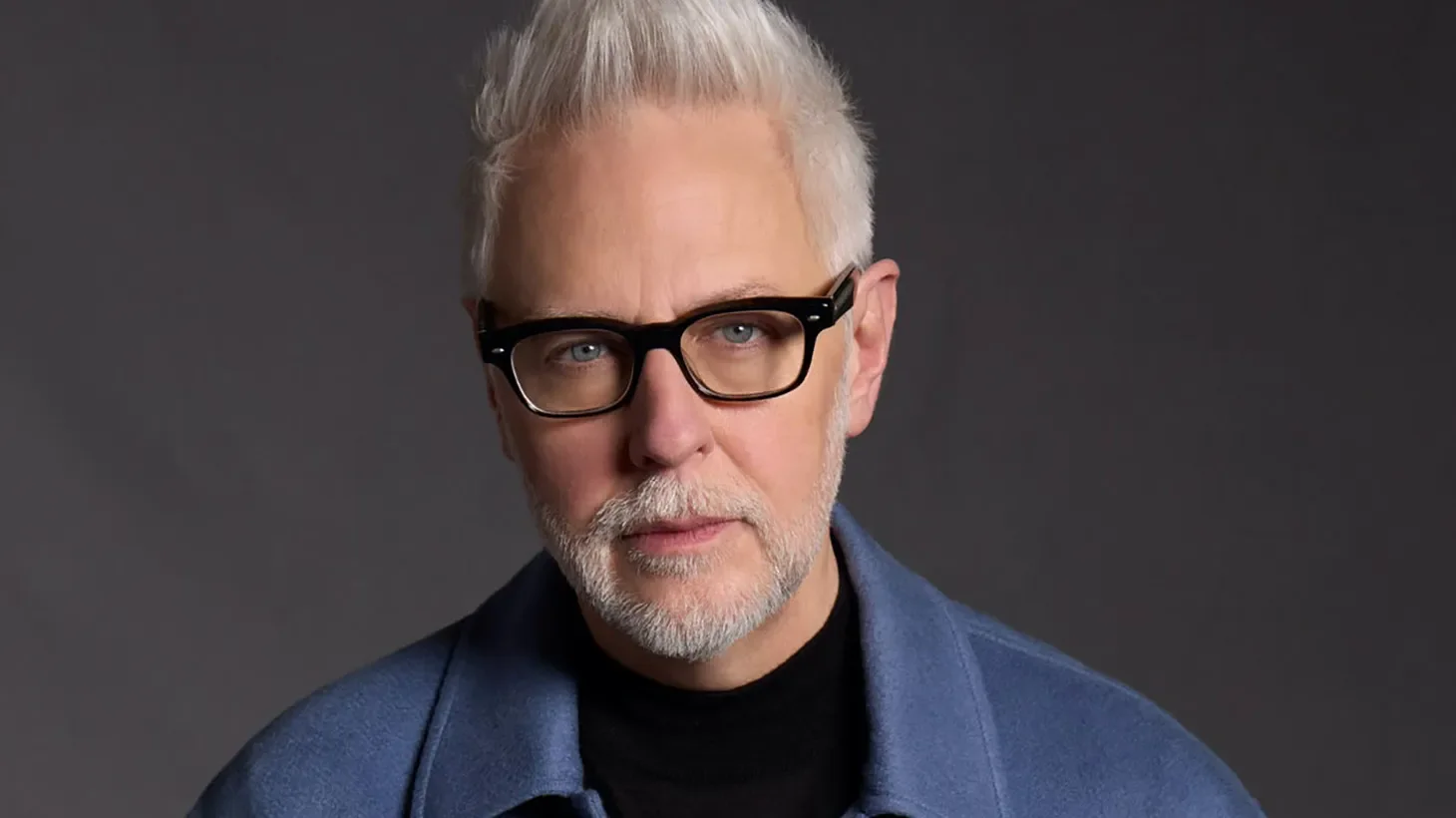James Gunn’s approach to the Superman movie’s post-credits scenes is redefining expectations for the DC Universe, or DCU, by avoiding the usual teases or setups commonly found in superhero films. Traditionally, post-credits scenes have served as crucial tools for continuing storylines or introducing new characters, especially within the Marvel Studios model, and many DC projects have followed suit. However, this new pattern established by the James Gunn Superman post-credits strategy marks a shift in how DC handles these moments.
A New Direction for Superman’s Post-Credits Moments
Typically, post-credits scenes in superhero movies are designed to hint at future plot developments or launch new narrative arcs by debuting characters or revealing surprises. Yet, the two scenes at the end of James Gunn’s Superman film intentionally avoid this trend. Rather than setting up forthcoming storylines or delivering critical plot details, the scenes focus on character moments and humor. The first shows David Corenswet’s Superman sharing a quiet, affectionate moment with Krypto on the moon, while the second features a lighthearted gag where Superman points out a crooked building to Mister Terrific in Metropolis, provoking the latter’s frustration.
This approach reflects Gunn’s deliberate choice not to employ post-credits scenes as cliffhanger devices meant to fuel anticipation without guaranteed follow-through. Speaking to ScreenRant, James Gunn expressed a desire to avoid

“shocking post-credits scenes that will never be paid off,”
addressing a common criticism often directed at Marvel’s frequent use of such teasers. His philosophy allows for teasing future developments only if there is clear intent to follow through. Otherwise, these scenes act as rewards for viewers who stay until the screen goes completely dark.
Setting a Consistent Tone for Post-Credits Content in the DCU
Since its release, the Superman movie has become more widely accessible on HBO Max, expanding its audience’s exposure to its two distinct post-credits scenes. Meanwhile, the newly launched second season of the Peacemaker series, also part of Gunn’s DC Universe, has adopted a similar practice. Each episode in Peacemaker season 2 ends with a post-credits scene, all of which are crafted as jokes rather than narrative teasers.
This pattern reflects a consistent strategy within the current phase of the DCU under James Gunn’s guidance, favoring standalone, humorous moments instead of building speculative hype through every post-credits sequence. While this does not close the door to story setups in the future, the prevailing standard emphasizes lightheartedness and fan engagement over universe-building clues. By following Superman’s example, these scenes serve to enrich the viewing experience without the pressure of advancing the franchise’s overarching plot.
Key Characters and Performances in Superman’s New Landscape
The film stars David Corenswet as Superman, who brings a fresh take on the iconic hero. Alongside him, Rachel Brosnahan plays Lois Lane, adding depth to the narrative with her portrayal of the classic supporting character. The presence of these actors bolsters the film’s grounding in character-driven moments, which also carries over to the tone set in the post-credits segments.
The choice to include Krypto, Superman’s loyal companion, and Mister Terrific in the post-credits scenes further highlights the balance between warmth and humor, anchoring the moments in the emotional fabric of the story without overshadowing the main plot.
James Gunn’s leadership in this new DCU phase signals a shift toward a more restrained and deliberate use of post-credits scenes, prioritizing viewer satisfaction over speculative universe-building. This evolution may reshape how audiences engage with DC films and shows, reducing the need for constant anticipation while still delivering enjoyable content for fans who watch through the credits.
